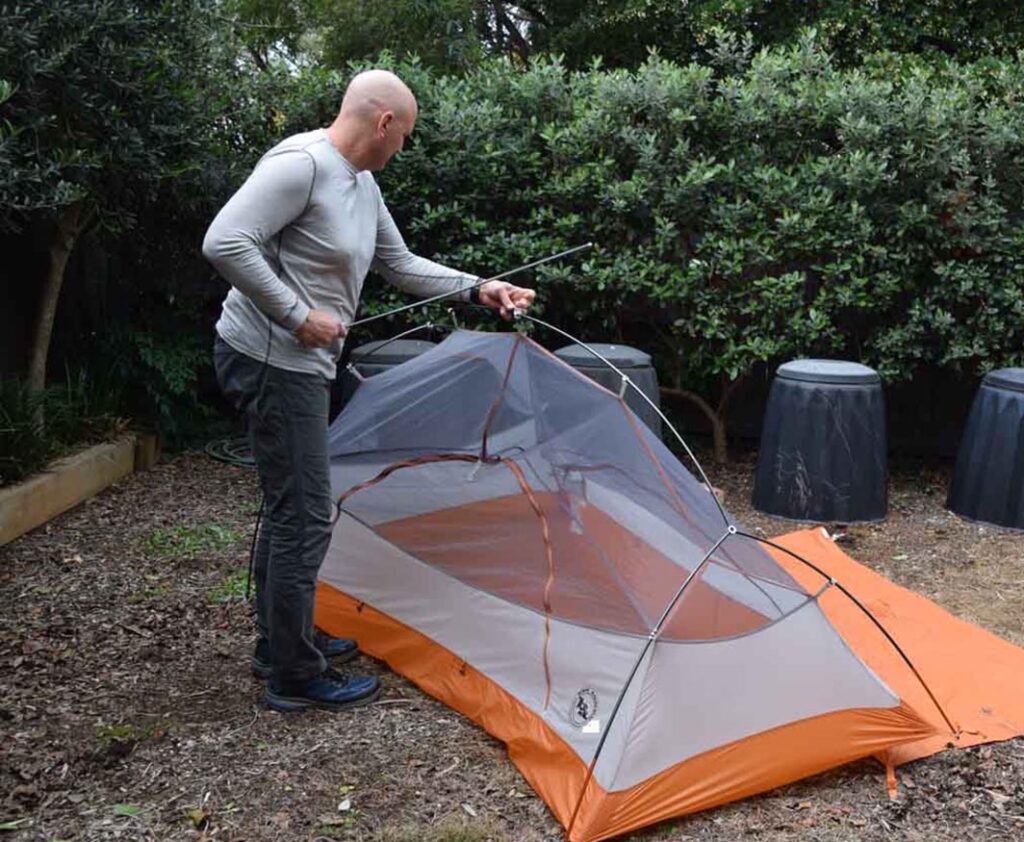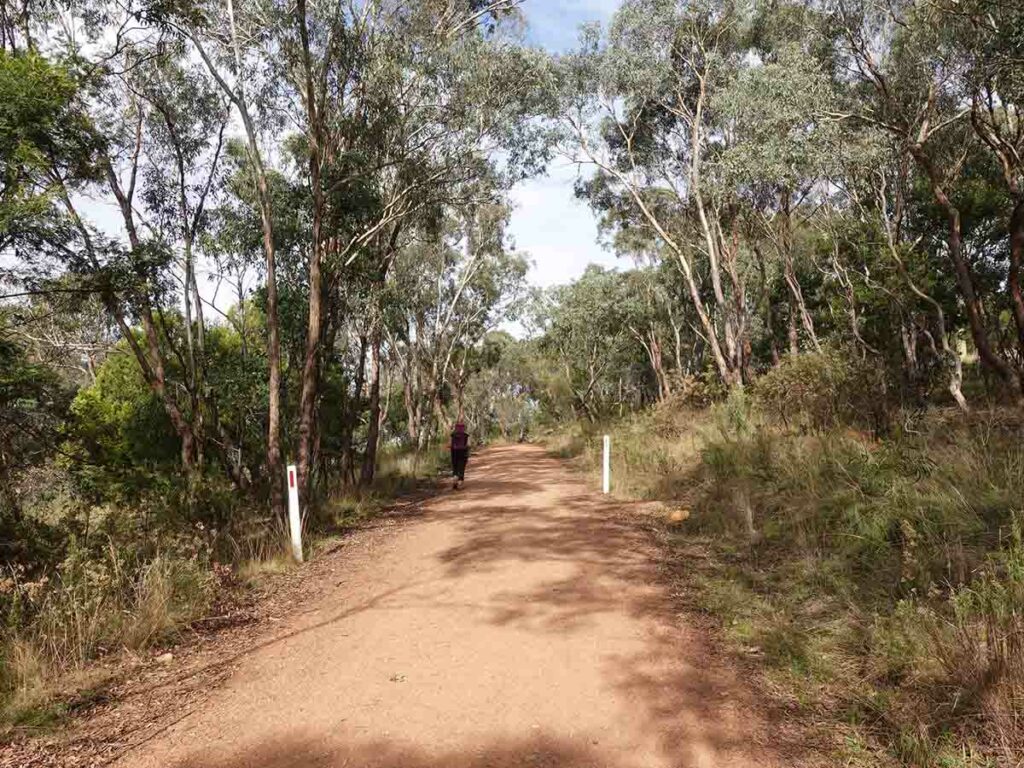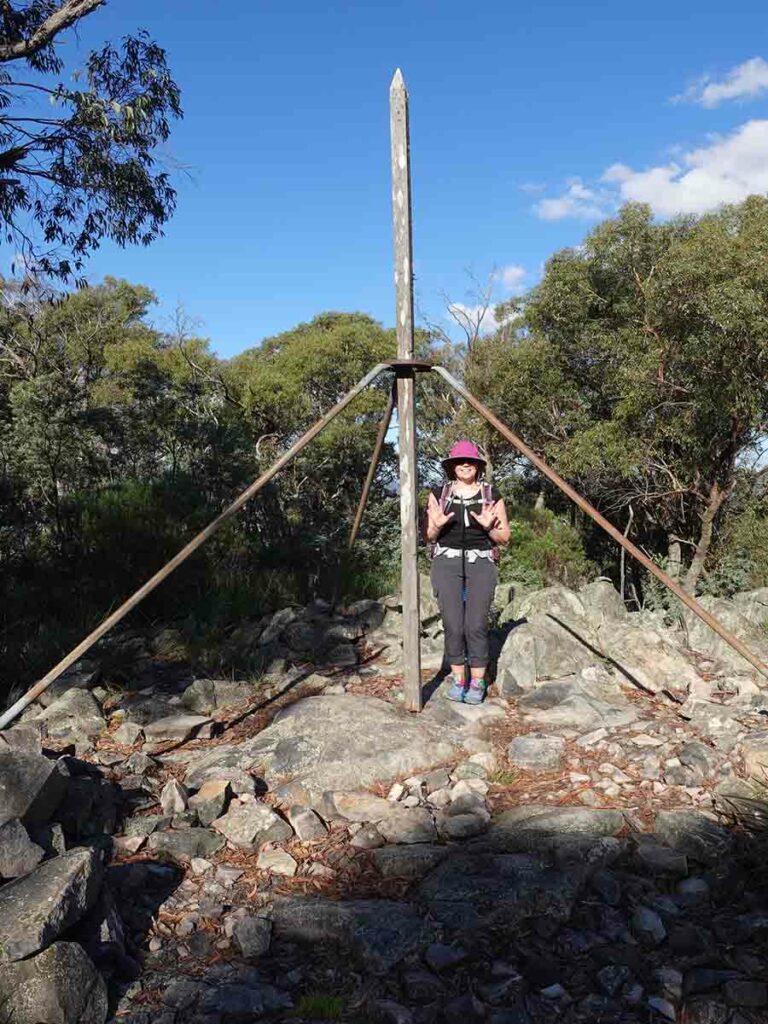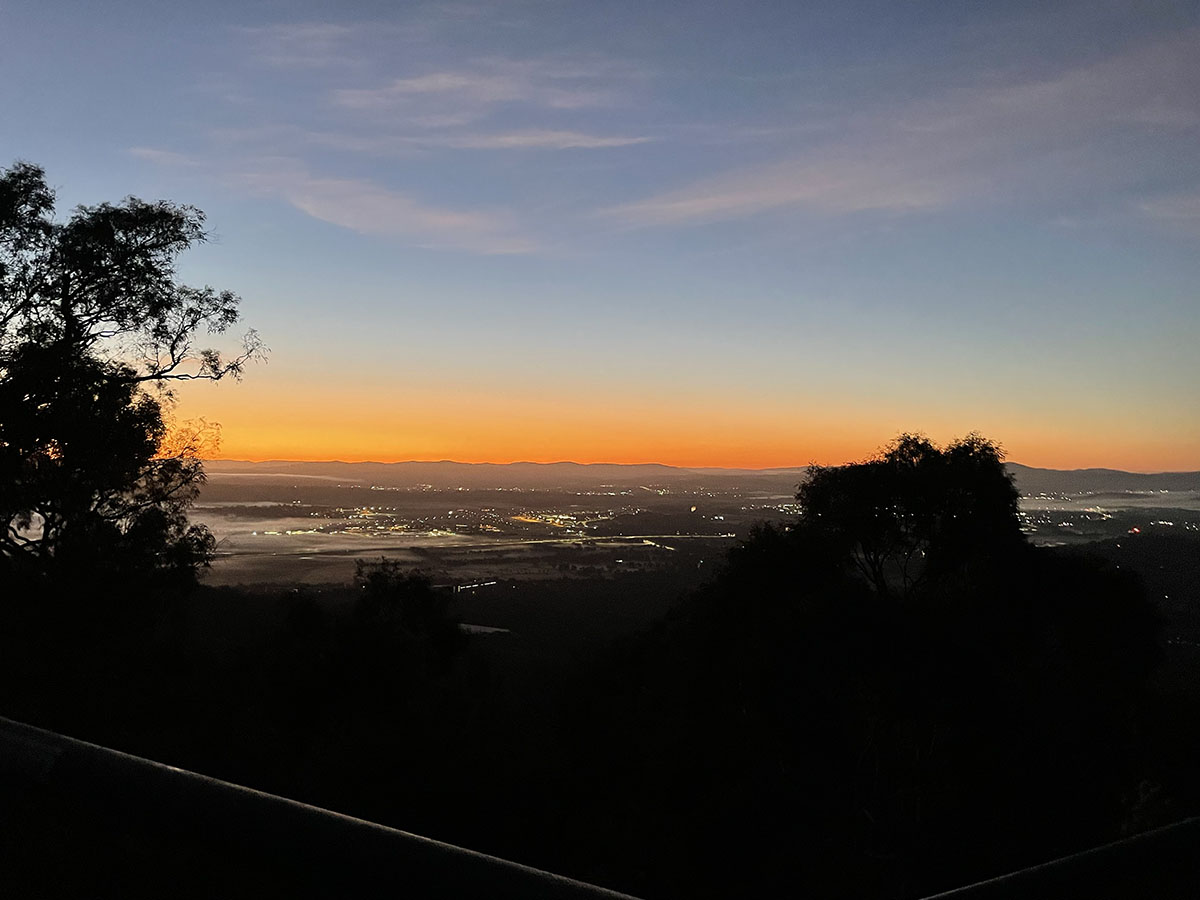Micro-adventures
Hiking practice
It is August and for various reasons we’ve found ourselves having done less hikes than we usually would have this far into the year and believe me, its not for lack of trying. While its easy for us to get out bush that’s only because we live a few hundred metres away but due to both work and personal reasons, we just haven’t had the opportunities to walk and review as many new hikes as we would like.
This caused me to think about what was really keeping us from going bush. Was it the lack of time or was it the inability to think laterally about what constitutes a hiking adventure? I must admit to have a certain mindset when I think about hiking. I think in terms of day hikes, overnight hikes, or multi-day hikes, but what about micro-adventures?
In this article we look at what micro-adventures are and how they can be used to get you out bush even when you don’t think you have the time.
What are Micro-adventures?
The term micro-adventure was made common by British adventurer Alistair Humphries and put simply, its an outdoor adventure that is ‘small and achievable, for normal people with real lives.’
- ‘Adventure is a loose word that means different things to different people. It is a state of mind, a spirit of trying something new and leaving your comfort zone. Adventure is about enthusiasm, ambition, open-mindedness and curiosity. If this is true, then ‘adventure’ is not only crossing deserts and climbing mountains; adventure can be found everywhere, every day, and it is up to us to seek it out.’ Alistair Humphries
This also bring to mind the term Hike your own hike where a hiking adventure is defined by the individual who is doing the hike rather than someone else’s preconceived ideas. Doing a 30 minute urban or bushland hike or otherwise is just as valid as doing an overnight or mult-day adventure.
Humphries’s definition is all about real people with real lives and if you have limited time, doing what you can, when you can.
1. Without even leaving home
Sometime you don’t even have time to leave home and who says you have to? In 2020, during the COVID lockdowns where we were only allowed to leave home to go shopping we decided we would go camping in our back yard. We set up our tent in the backyard before sunset, prepared and had our meal outside and slept out overnight. If was a great opportunity to scratch the camping bug. It also provided us with an opportunity to get out of the house we were spending so much time in.
While you may have camped out in your backyard as kids, have you ever camped in your backyard as an adult?

Camping in the backyard
2. Close to home
Australians seem to want to travel big distances rather than just go around the corner. In part that’s due to the size of our country and the distance between our major cities. As mentioned above, if that’s what you want to do then go for it. Having said that there is nothing wrong with starting a walk as soon as you walk out the door of your house. Given the choice between a short walk out your front door or putting it off to another day that never comes, I’ll do the short adventures. While my preference is for a longer walk on the weekend but its amazing the things that can crop up unexpectedly that prevent you from doing so.

Where’s your closest bushland? In our case we are in bushland after only a 300 metre walk from home. I have hiked the area shown above for most of my life and have seen it change over the years with no two hikes ever being the same; it varies with the weather, the time of the day, and the time of the year
3. Peak bagging
Peak bagging is the practice of climbing to the summit of a hill or mountain in an attempt to collect ‘peaks’ in a particular region. People do this because the peak is the tallest peak in the world, country or state, or because they are attempting to summit a group of peaks within a particular area. For many hikers this provides the ‘why’ for their hiking.
While you can choose to do this in bushland depending on where you live, you can also do this as an urban hike either in a single day or over multiple days. We did this in our home city of Canberra creating our own walk that covered 12 of the main peaks throughout the city. In addition to visiting these peaks which we had done before individually, we walked parts of the city that we had never seen before on foot.

We choose to do an urban ‘choose your adventure’ by creating the 81.6km Canberra Summits Walk. This walk took us three days to do and we covered 12 of the main peaks in the city of Canberra, returning home each night
4. Hiking in the rain
Learning to embrace all types of weather as a hiker will not only improve your skills but will also provide you with a range of different experiences. Some of the best days I’ve had on-trail have been in less than perfect weather! Doing hikes in rainy conditions can provide you with a whole new view of familiar faith weather hikes.
Having said that, sometimes enough is enough and you may be better off calling it quits if you can and do your trip at a later stage. Don’t persevere just for the sake of it; remember we are supposed to be enjoying ourselves!

So long as you have the appropriate gear, hiking in the rain provides a whole new perspective on familiar hikes
5. Chasing the sun
So long as it’s safe to do so I love night hiking and am lucky enough I have bushwalking trails close by. Once a year, occasionally twice, I’ll get what I consider to be perfect conditions. For me that means a full moon approaching dawn, clear skies and heavy frosts.
These conditions allow me to do a familiar summit walk with my headlamp turned off for most of the walk creating what can best be described as magical conditions. I’m an early riser so I’m happy to be walking by 4:30-5:15 am so that I also get the start of sunrise at the summit. Even when I’m to early to see the sun coming up, I’m happy for the night hike.

Mount Ainslie sunrise. It’s just past 5:00 am in December and surprisingly there’s a bit of mist at the Canberra Airport which is where the sun is rising. I prefer the views at this time of the day along with the night hike to the summit
6. Be creative
Rather than follow someone else’s trail create your own. One way of doing this without even leaving the city is through the use of the Strava App to create artwork. The dinosaur image below is from Victoria is easily recognisable without necessarily covering huge distances. Not only will this keep you amused at home in setting out the route but it will then keep you active when doing the walk to create the image. Do a search on Strava Art on the internet and you will come across some amazing images.

This dinosaur is just many examples of ‘Strava Art’ which has become popular over the past few years. Image from https://www.bunjilplace.com.au/news/strava-art-challenge
7. Geocaching
If you have kids that you struggle to get outside then consider Geocaching as an option to create a bit of enthusiasm. What child, and for that matter adult, doesn’t like going on a treasure hunt? Geocaching is unlikely to ever be the main reason for me to get outdoors but it does provide a bit of variety that allows me to vary my lunchtime walking routine. Give it a try, who knows, you may get hooked.

A geocache in South Australia. We took the opportunity while visiting family to do a bit of geocaching and the one we chose was close by and didn’t involve a lot of time. And of course there’s also Pokemon Go!
Last words
There is really no end to the type or style of hiking adventure that you can take part in and in many respects micro-adventures are highly versatile often, but not always, requiring minimal time. In this article we discussed some key options but by no means are these the only ones.
Ultimately what it comes down to is don’t limit yourself to traditional views on what is or isn’t a hiking adventure. Instead, be creative and do something that you may not consider normally – you may be surprised at how much you enjoy these short adventures.